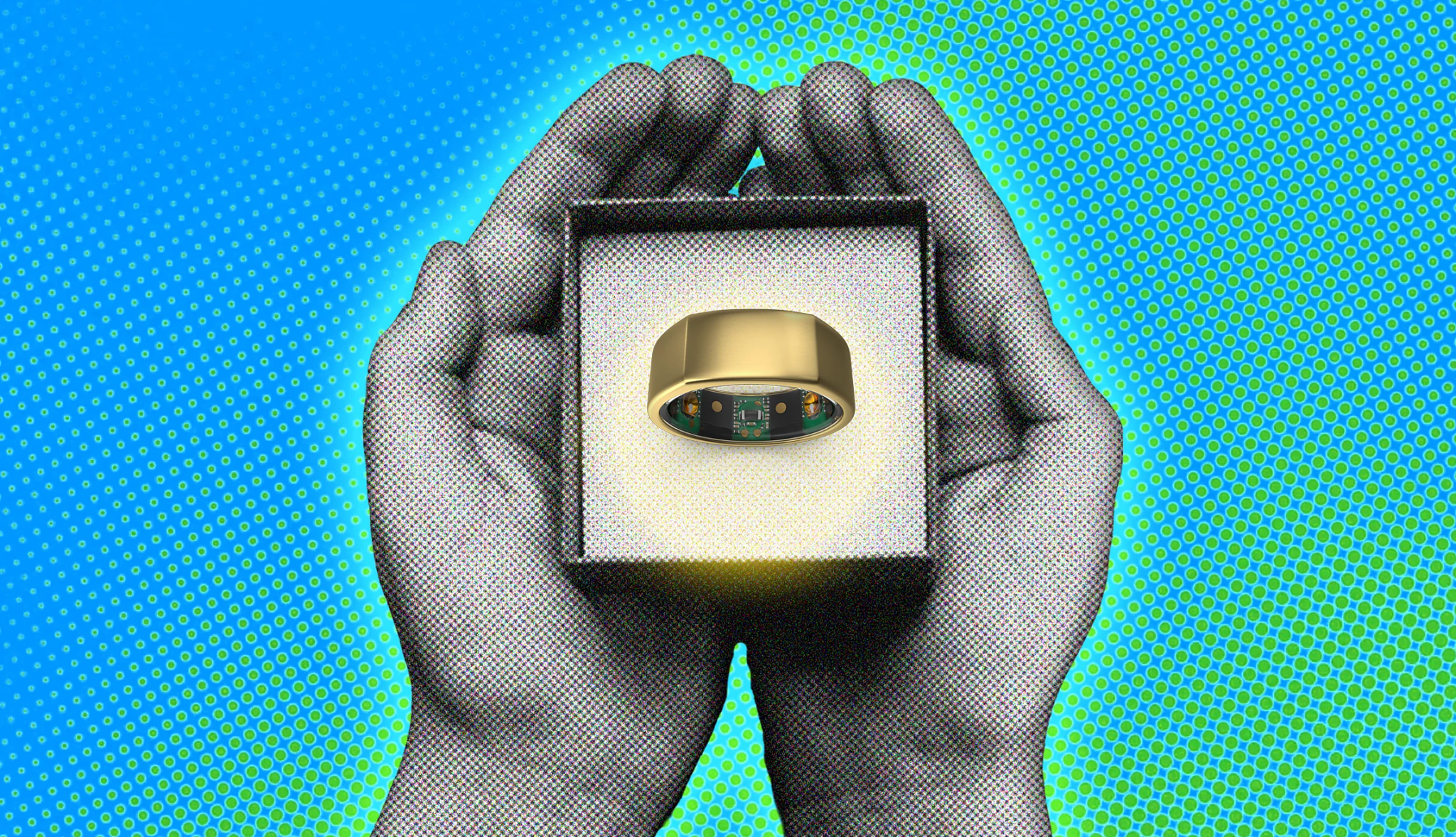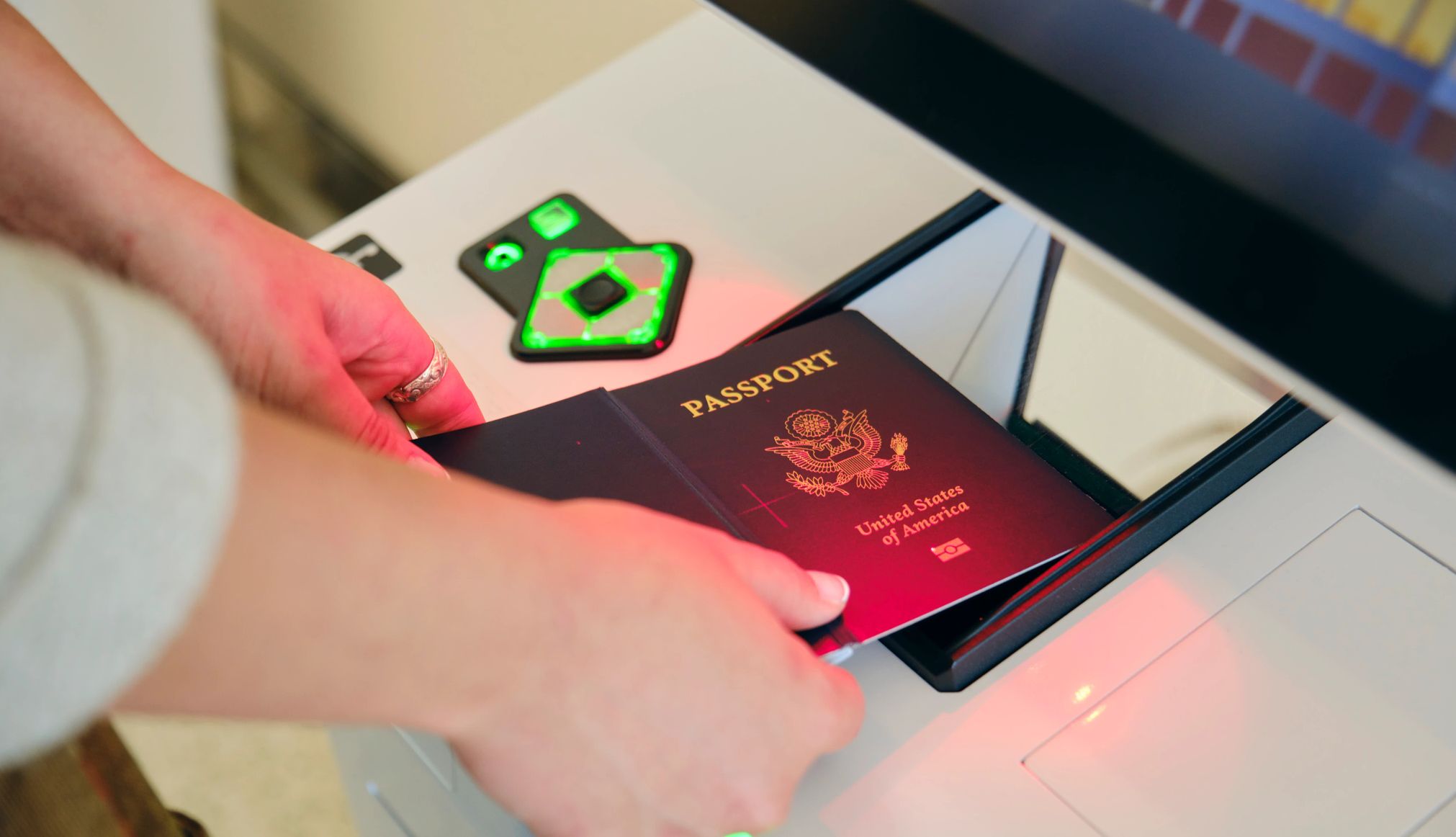AARP Hearing Center


In this story
Smart ring trackers • Longer battery life • Samsung debuting a ring • Research into menopause
Most people wear a ring to make a fashion statement or express love for a partner.
If you’re an older adult wearing a battery-powered electronic band known as a smart ring, your motivation may differ. You may want to discreetly track your fitness activities or dive more deeply into your health and sleep patterns. Smart rings tend to be less conspicuous than their cousins, smart watches, that you may be wearing for similar health tracking.


LIMITED TIME OFFER: Labor Day Sale!
Join AARP for just $9 per year with a 5-year membership and get a FREE Gift!
Pro: Use for days between charges. Con: No display
Unlike smart watches designed for your wrist, smart rings lack a display and take up a small amount of space on your finger. No screen means you must view data collected from the ring’s various sensors on a smartphone app, delivered wirelessly via Bluetooth. A few rings include near field communication (NFC) technology, letting you pay for a purchase from your finger.
Smart rings’ light and generally comfortable designs are a large part of their appeal.
“Some people just like wearing rings more than they like wearing watches, particularly [during] sleep,” says tech analyst Avi Greengart, president of New Jersey-based Techsponential. Because a smart ring tends to stay in place compared to a watch that may slip around on your wrist, it may be more accurate at recording certain health metrics.
The absence of a power-draining display also means you may have to charge a ring only once a week compared, say, to every day or every other day with a watch.
Major smartphone maker expected to debut smart ring
While the overall smart ring category is small, what is now mostly a niche market promises to get a major boost in late summer or early fall when Samsung is expected to release its yet-to-be-priced Galaxy Ring. Samsung teased the ring earlier this year and the speculation is it will be made available in up to nine ring sizes.
For now, the best-known smart ring brand is Oura, whose titanium, water-resistant rings start at $349. That’s on top of a $5.99 monthly membership that provides, among other data, ongoing sleep analysis and body temperature readings the company says may detect illnesses early. More limited data is available if you wear the ring without becoming a member.





























































More From AARP
FDA: Don’t Use a Smartwatch to Measure Blood Sugar
Skin needs to be pricked to get accurate glucose levelApple Removes Blood Oxygen Measurement on Its 2 Newest Watches
Ruling on pulse oximeter technology means feds block imports of Series 9 and Ultra 2Wake Up More Refreshed With Our Smart Guide to Sleep
43 tips to help you fight those restless, endless nights and get the slumber you need
Recommended for You